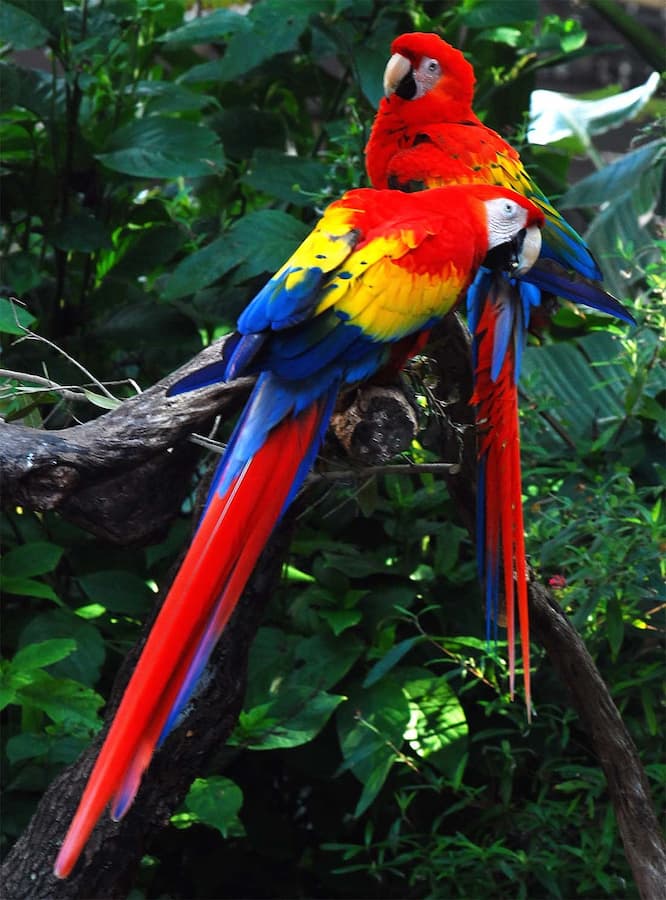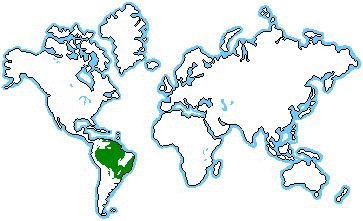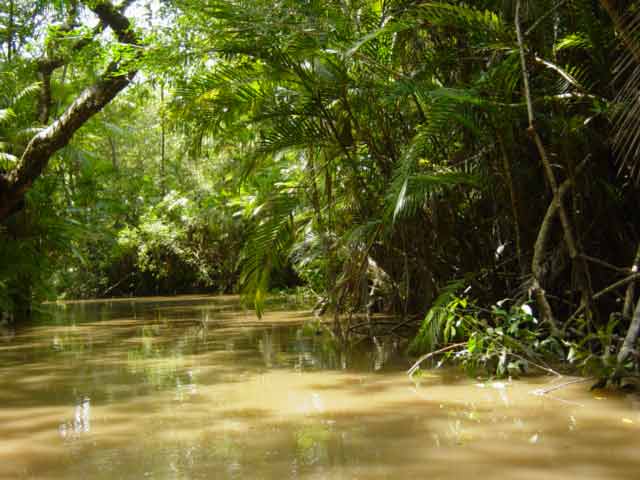Amazon Rainforests
Amazon Rainforests
Amazon Rainforests



At least 50% of rainforests are made up of animals. They are being cut down at the rate of one football field per second, so a lot of animals will be left without a home since they depend on the plants. Rainforests are about 2% of the earth, and 7% of just the land. The tallest layer in the rainforest could be 150 feet high. There are at least 1,400 different tropical plants that have a cure for cancer. There are at least 300 trees. The roots of the tallest trees are shallow and they fan out. In four square miles, there are about 1,800 flowering plants, 750 trees, 125 mammals, and 150 butterfly species. In one square mile, there might be about one or two of the same types of trees. There are four layers in rainforests: the canopy, the understory, the underbrush, and the ground. The canopy can be from 60 to 150 feet tall, with branches that fan out like an umbrella that is really close together. Because of this, it blocks the sunlight from the lower plants on the ground level, but also blocks it from rain falling directly on them, and instead, running down the trunks and dripping off the leaves. The vines (lianas) are as thick as a person and climb up the trees for sunlight. On the under story, the vines are smaller trees ferns and palms that have all adapted to poor soil and few nutrients, so they easily adapt indoors, including anthuriemicaladium, philodendron, and garden walls. In the underbrush, there are small trees under the bigger trees. On the ground, there are few plants, and is covered with wet leaves, leaf litter, mosses, herbs, fungi and lots of decay that gives nutrients back to the soil.
In temperate rainforests, there are the following vegetation: bananas, avocados, pineapples, peppers, peanuts, oranges, papayas, lemons, cinnamon, spices, coconut, and sugar. Curare is used as an anesthetic and to relax people for surgery. Quinine from a cinchona tree is used to treat malaria. Rosy Periwinkle has a drug in it that is anti-lukemia and gives patients 99% chance to get the drug in vemision. Epiphytes grow canopy trees, as well as moss, orchids, and lichens.
In the Amazon rainforests 1,600 species of birds and about 1,000,000,000 species of insects. There are five times more bird species in the Amazon. In the Amazon, there is coffee, cashews, cocoa beans, and chicle. The oil of the cocoa is used in suntan lotions, cosmetics, and soap. They also grow rubber trees that produce latex for making tires. Kapok trees have silky waterproof fibers used for life preservers, pillows, upholstery, and installation. Since 1959 there are now 37,673,665 hectacres of national forests and parks in Brazil. If 1 Hectacre. =. 2.471 Acres, that means that Brazil has over 93 million acres of protected forests and parks!
McDonald's McLibel Trial of 1996
Amazon Rainforests
Amazon Rainforests










No comments:
Post a Comment